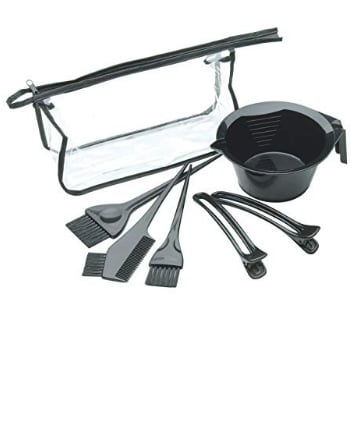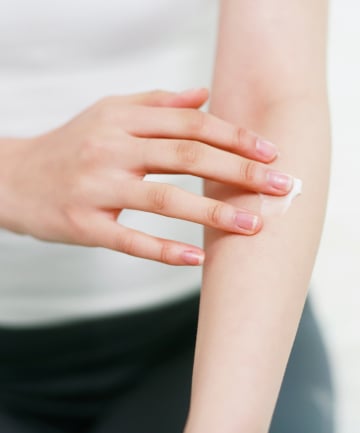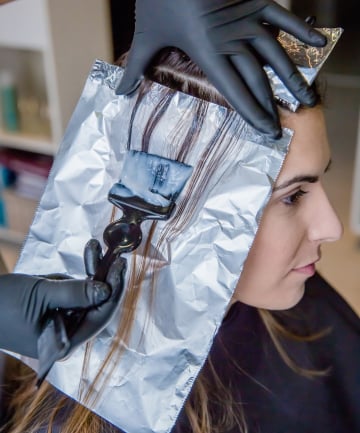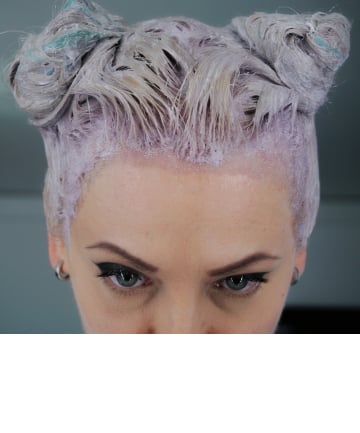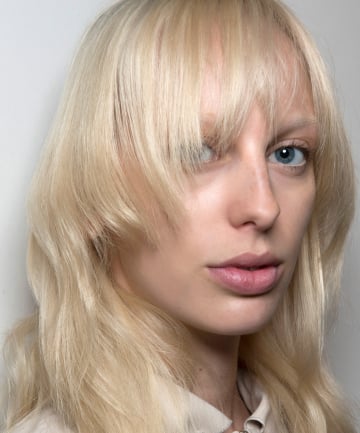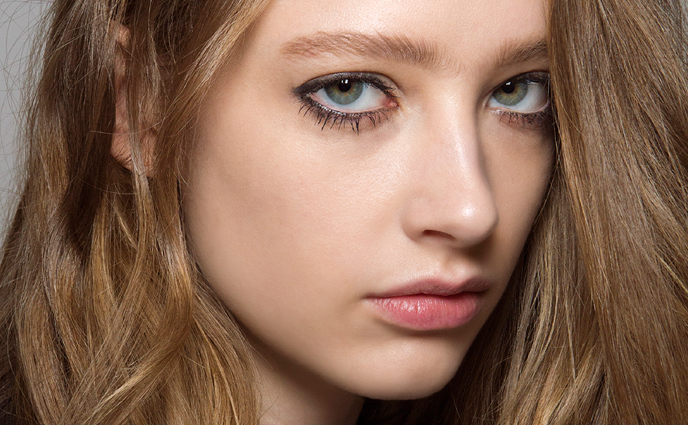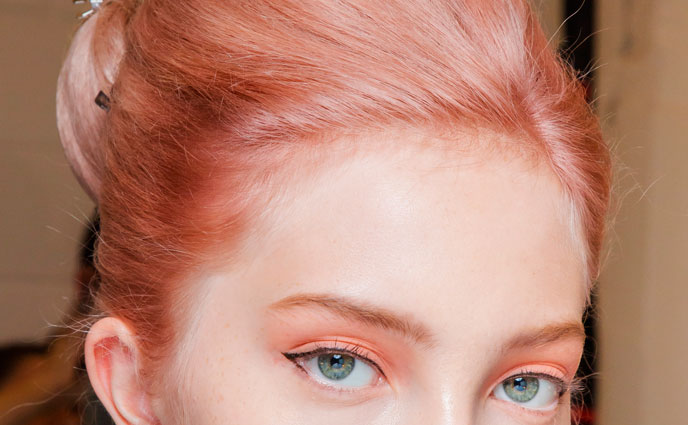In addition to the bleach and developer, you also need to gather the correct tools: You'll need a mixing bowl, dye brush, section clips, and gloves.
One important note: You must NOT use any metallic tools, since they will be burned by the bleach mixture. Instead, opt for all plastic home hair bleaching kit to have a smoother experience. Also, be sure to wear an over-sized shirt that you don't care for (because no one likes bleach stains).
Try: Diane 7-Piece Hair Coloring Kit, $6.37
One important note: You must NOT use any metallic tools, since they will be burned by the bleach mixture. Instead, opt for all plastic home hair bleaching kit to have a smoother experience. Also, be sure to wear an over-sized shirt that you don't care for (because no one likes bleach stains).
Try: Diane 7-Piece Hair Coloring Kit, $6.37
Most people don't have allergies to bleach alone (though some are certainly more sensitive to it than others), but if you're using a bleach with color in it, patch testing is always important. A day before you apply it, make a small portion of the bleach mixture and do a patch test on the inside of your elbow or at the back of your ear. Wait for it to dry up and watch out for allergic reactions. As mentioned earlier, it's natural for the bleach to heat up. But if it stings too much and starts to burn, abandon the plan immediately and rinse with water.
When you do the patch test, go for a strand test as well. This way, you'll have a realistic idea of how the bleaching process will go.
Image via RUNSTUDIO/Getty
When you do the patch test, go for a strand test as well. This way, you'll have a realistic idea of how the bleaching process will go.
Image via RUNSTUDIO/Getty
Are you a strong independent woman? Sure, you are. But you'll still need a helping hand when you bleach your hair: So call your BFF, sister, mom, boyfriend — anyone you trust to help you apply. Because even if you surround yourself with mirrors, it will be difficult for you to apply the bleach all over your hair — you'll get much better results with some extra help.
Oh and be sure to share your research and bleaching knowledge to the person who'll help you so he/she will know what to do (and what not to do).
Image via David Pereiras/EyeEm/Getty
Oh and be sure to share your research and bleaching knowledge to the person who'll help you so he/she will know what to do (and what not to do).
Image via David Pereiras/EyeEm/Getty
Rule of thumb: at-home bleaching generally should not exceed 45 minutes. If you think keeping the bleach on for an extra fifteen minutes will lead to a brighter blonde, you're in for a disappointment. After 45 minutes, the bleach will stop lifting up your hair color and will start cooking your strands. This may leave your hair super dry, brittle, or worse, cause hair fallout.
A pro-tip to keep in mind: Apply the bleach an inch away from the scalp for the first 30 minutes and apply it on the roots after. Your roots are much more virgin which makes it easier and faster to bleach — they typically only need 15 minutes or so. Don't forget to check your hair every 10 minutes throughout the process.
Image via Adriana Duduleanu/EyeEm/Getty
A pro-tip to keep in mind: Apply the bleach an inch away from the scalp for the first 30 minutes and apply it on the roots after. Your roots are much more virgin which makes it easier and faster to bleach — they typically only need 15 minutes or so. Don't forget to check your hair every 10 minutes throughout the process.
Image via Adriana Duduleanu/EyeEm/Getty
Once upon a time, a girl applied bleach, rinsed it, and saw a patchy, dark rusty orange mane. And so she concocted another bleach mixture and applied it to her hair right then and there. She did it a few more times on the SAME week until her hair was as light as the inside of a banana... unfortunately, it was also gummy and brittle (basically murdered). A tragedy based on a true story. RIP, beautiful hair.
That's why you should have a realistic idea for the outcome. It's impossible to instantly go light, especially when you're working with black hair. Double processing your hair without giving it time to heal will only damage it — sometimes irreparably (emergency pixie cut, anyone?). So, if you really want to go platinum, be sure to give yourself some time between bleaching sessions. While you wait, baby it with coconut oil. Going light needs a lot of patience, honey.
Image via Imaxtree
That's why you should have a realistic idea for the outcome. It's impossible to instantly go light, especially when you're working with black hair. Double processing your hair without giving it time to heal will only damage it — sometimes irreparably (emergency pixie cut, anyone?). So, if you really want to go platinum, be sure to give yourself some time between bleaching sessions. While you wait, baby it with coconut oil. Going light needs a lot of patience, honey.
Image via Imaxtree


